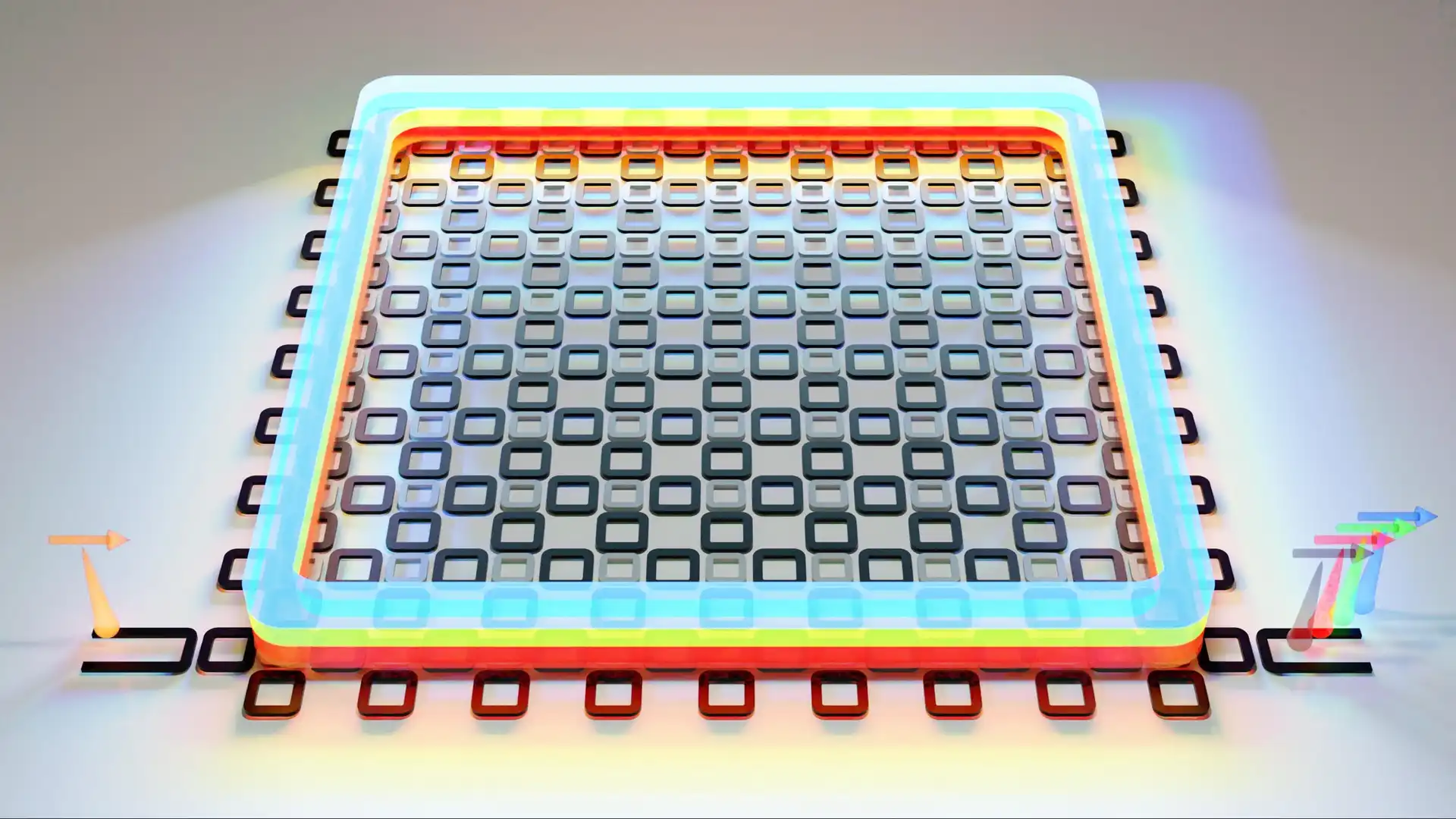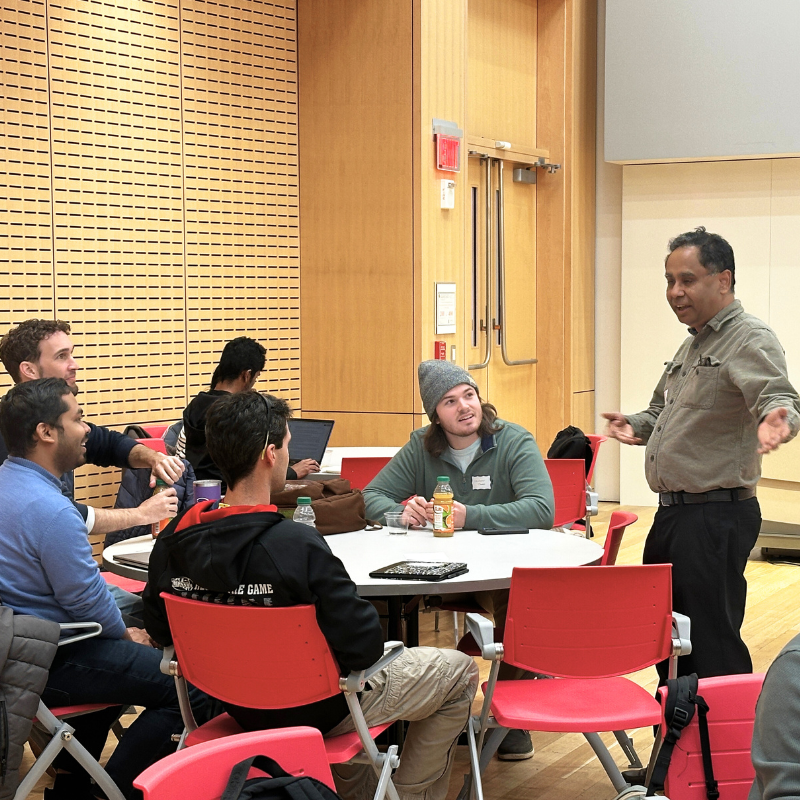News Story
Gong receives NSF CAREER Award

Professor Cheng Gong
An NSF CAREER Award has been awarded to ECE Faculty Member Cheng Gong for his proposal titled “Multiferroicity in van der Waals Heterostructures”. As part of the NSF Condensed Matter Physics Program, Gong will receive $732,000 for his five-year research in understanding and developing van der Waals (vdW) multiferroic heterostructures. Such vdW heterostructures, which were theoretically predicted and studied by Gong since before 2019 [Nature Communications], can exhibit rich magnetoelectric physics and device functions, but have remained in the infant stage in the experimental side of the scientific field [Nature Electronics, 2023]. These multiferroic heterostructures are constructed by the recently emerged vdW ferromagnetic and ferroelectric materials, which can be useful for developing novel quantum devices and compact logic and memory devices.
Through this study, Gong plans to elucidate the fundamental physics mechanism underlying the heterostructure multiferroicity, by studying the effects of electrostatic doping, electric field, interfacial chemistry and lattice strain on the resultant multiferroicity. In other words, Gong’s research will answer the key question of how multiferroic interactions are established across the dissimilar layers in vdW heterostructures. These fundamental insights will help reveal how vdW ferromagnets and vdW ferroelectrics interact, at atomic and even electronic levels. The knowledge gap to be filled by this proposed research can guide the development of useful engineering approaches to advance human control of the new class of functional quantum heterostructures.
Gong recently received a Defense University Research Instrumentation Program (DURIP) Award from the Air Force Office of Scientific Research (AFOSR) for the “Acquisition of Quantum Scanning Microscope for Nanoscale Imaging of Spin Textures in Emergent 2D Magnets”. This instrumentation will help expand the study of nanoscale magnetic structures and spin textures across many material systems and can be used in fundamental quantum physics investigation, nanoscale logic and memory device development, and even the imaging of various biological activities.
Additionally, in the past year, Gong’s work has been featured in Nature Electronics, Nature Communications, and Physical Review Materials.
Published January 17, 2024









